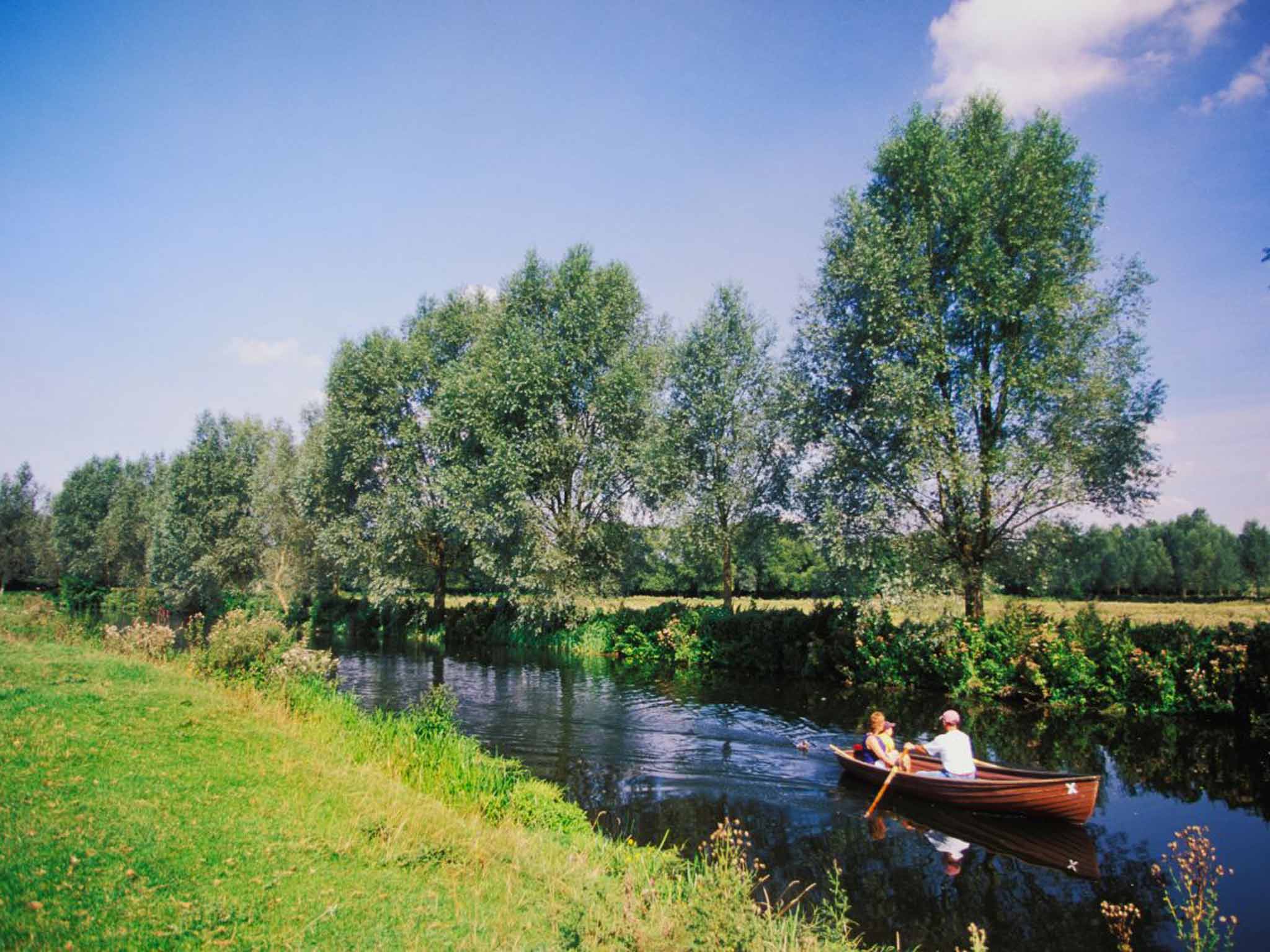Progress in the three Rs is lower in rural and coastal areas
Attainment levels for poorer pupils still ‘unacceptable’ in many regions, minister warns

Pupils in rural areas are underachieving, according to performance tables showing that location plays a large part in how well children do in the three Rs at primary school.
The tables show that in some inner-city areas – particularly London – every school meets the Government’s minimum target of 65 per cent of pupils reaching the required standard in reading, writing and arithmetic in national curriculum tests for 11-year-olds.
However, in many rural and coastal areas – such as Poole, Rutland, Suffolk, the Isle of Wight, Bournemouth and Southampton – more than one in eight schools fail to reach the target. The worst performer is Poole, where 27 per cent of schools fall short.
Across England, 768 schools failed to reach the floor target – one more than last year, when the minimum target was 60 per cent. If the same standard had been in force this year, only 469 schools would have failed to reach it, according to the Department for Education.
David Laws, the schools minister, said the findings showed that schools had “raised their game” but he warned that many still had “unacceptable” levels of attainment for poorer pupils.
Falling behind: The worst areas
Show all 12The findings follow a warning from Sir Michael Wilshaw, Chief Schools Inspector, that schools in rural and coastal areas need to do more to help disadvantaged pupils. In the past, efforts to close the gap in performance between rich and poor pupils have focused on inner-city schools.
Schools that fail to reach the benchmark – the minimum target, plus evidence of how far the pupils have progressed since arriving at primary school – face being taken over by a private sponsor and turned into an academy.
Overall, 79 per cent of all 11-year-olds reached the required standard this year – up three percentage points since 2013. The gap between richer and poorer pupils narrowed by two percentage points.
In 22 areas of the country every school reached the target. These areas were: Blackpool, Camden, City of London, Greenwich, Haringey, Havering, Hillingdon, Hounslow, Isles of Scilly, Kingston-upon-Thames, Lewisham, Newham, North Tyneside, Redbridge, Richmond-upon-Thames, Southend-on-Sea, St Helens, Sutton, Torbay, Tower Hamlets, Westminster and Wokingham.
By contrast, 13 areas recorded that more than one in eight schools had failed to reach the target. They were: Poole (27 per cent); Rutland and Reading (18); Walsall (17); Barnsley (16); Suffolk, the Isle of Wight and Derby (15); Bournemouth, Bradford, Bristol, Peterborough and Southampton (13).
Mr Laws said it was “encouraging” to see the gap between disadvantaged and better-off pupils “continuing to narrow”. But there was more to do, he added, “and there are still too many areas with simply unacceptable levels of attainment for disadvantaged pupils”.
Chris Keates, head of the National Association of Schoolmasters Union of Women Teachers, said: “The slight narrowing of the attainment gap ... is especially welcome but schools and families need more support and resources if this progress is to be maintained and speeded up.
“Too many children are still being held back by the effects of poverty on their ability to learn and achieve.”
Subscribe to Independent Premium to bookmark this article
Want to bookmark your favourite articles and stories to read or reference later? Start your Independent Premium subscription today.

Join our commenting forum
Join thought-provoking conversations, follow other Independent readers and see their replies